MacBooks may experience increased battery consumption after an update due to background activities like Spotlight indexing and Time Machine backups.
However, if the high battery usage persists for several days, it could indicate a different issue.
Today, I’ll share some tips to minimize battery drain on macOS Sonoma.
Let’s begin!
TL;DR Version
If you can’t get a whole day of battery from your MacBook, you can do the following:
What Causes Battery Drain Issues in macOS Sonoma?
Your MacBook could be consuming more battery than usual due to:
- Background processes after update (indexing, synchronization, backups)
- Too many apps running in the background
- Unoptimized third-party apps
- System glitches
- Poor battery health
How to Fix macOS Sonoma Battery Drain Issue: 8 Ways
1. Close Unused Background Apps
Background applications often significantly contribute to battery drain on MacBooks.
When operating on battery power, particularly while you are on the move, it’s crucial to close any applications that aren’t in use.
To identify active applications, utilize the Activity Monitor:
- Press Command + Space to open Spotlight.
- Look for the Activity Monitor and open it.
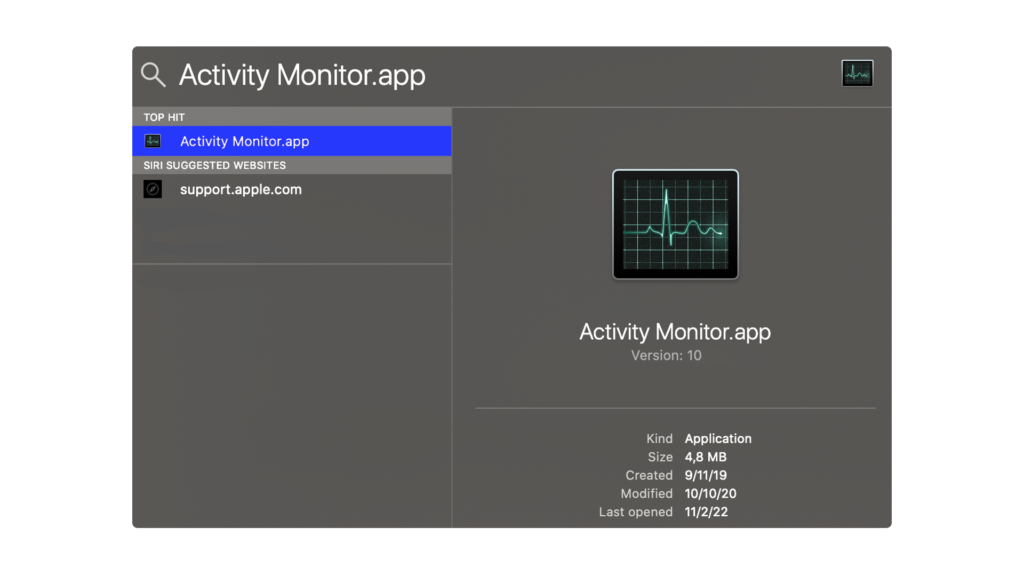
- Inside the Activity Monitor, click on the Energy tab to view running applications.
- Close any apps you don’t need.
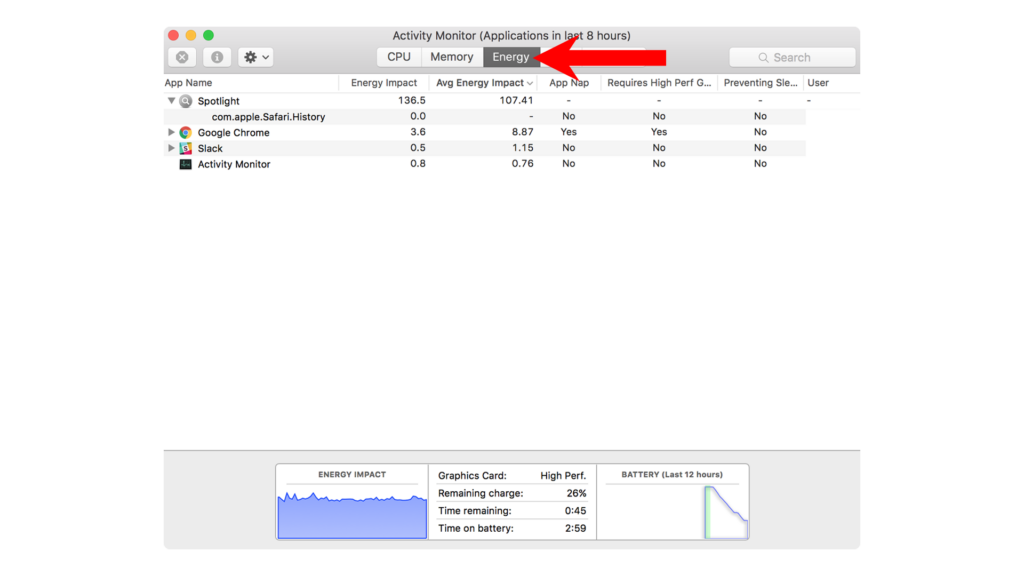
2. Update Your Apps
Some third-party apps may be outdated and not yet optimized for macOS Sonoma.
To ensure optimal performance, regularly update all your applications. This helps to avoid compatibility and optimization issues.
To update apps installed from the App Store:
- Open the App Store on your Mac.
- Now, click the Updates tab from the side menu.
- Install all available updates.
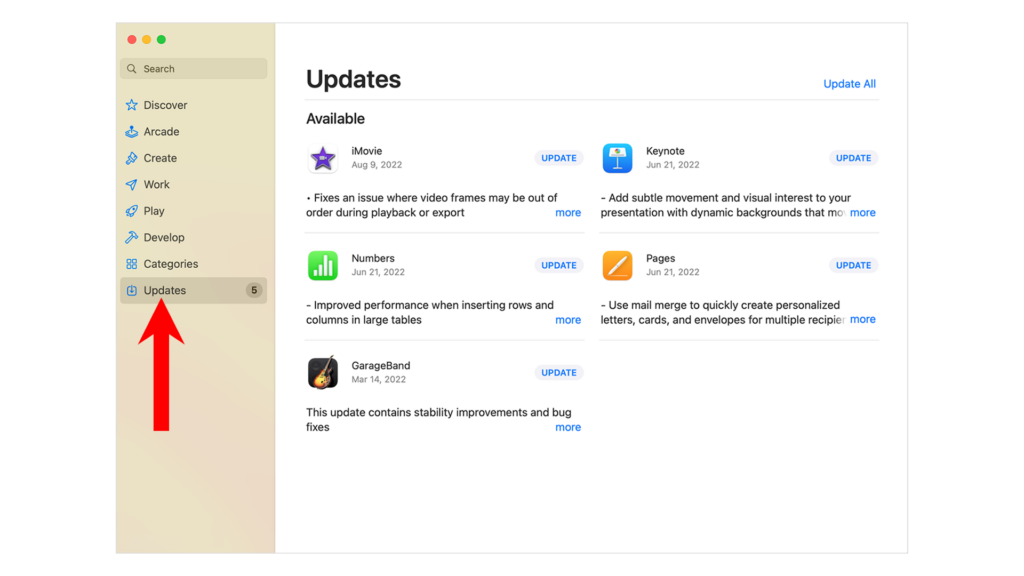
Note
If the software did not come from the App Store, refer to the developer on how to update the app.
3. Reduce Screen Brightness
Excessive screen brightness is a primary factor contributing to rapid battery depletion on your MacBook.
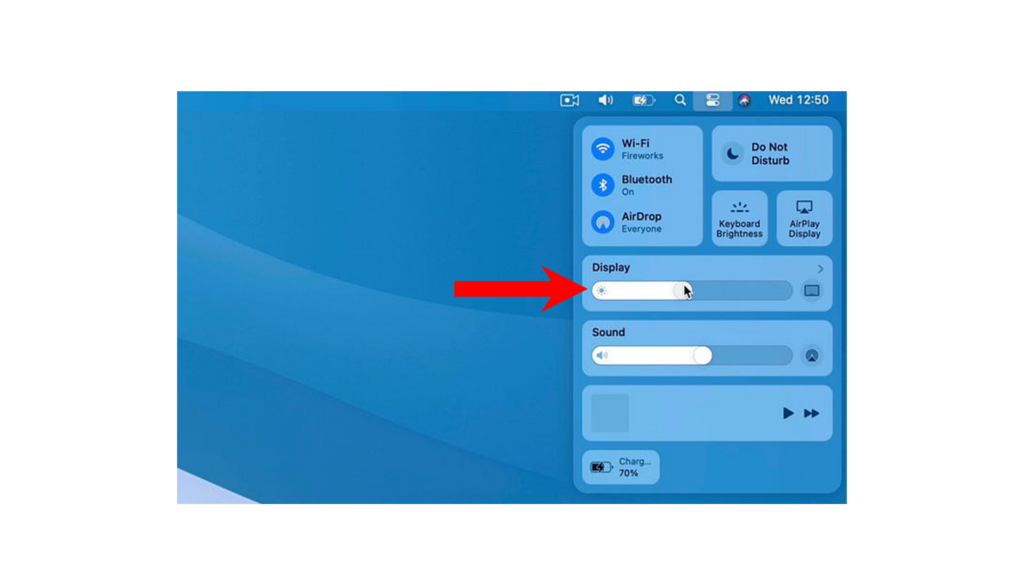
To conserve battery life, adjust your screen brightness to a comfortable level, ideally between 50-60%, where the display remains clearly visible.
4. Disable Unused Startup Items
Startup items, which are third-party applications that launch automatically when your MacBook boots, can significantly burden your system. An excessive number of these items can lead to rapid battery depletion.
To manage your startup items, follow these steps:
- On your Mac, access the Apple Menu in the upper left corner.
- Now, go to System Settings.
- Click on General > Login Items.
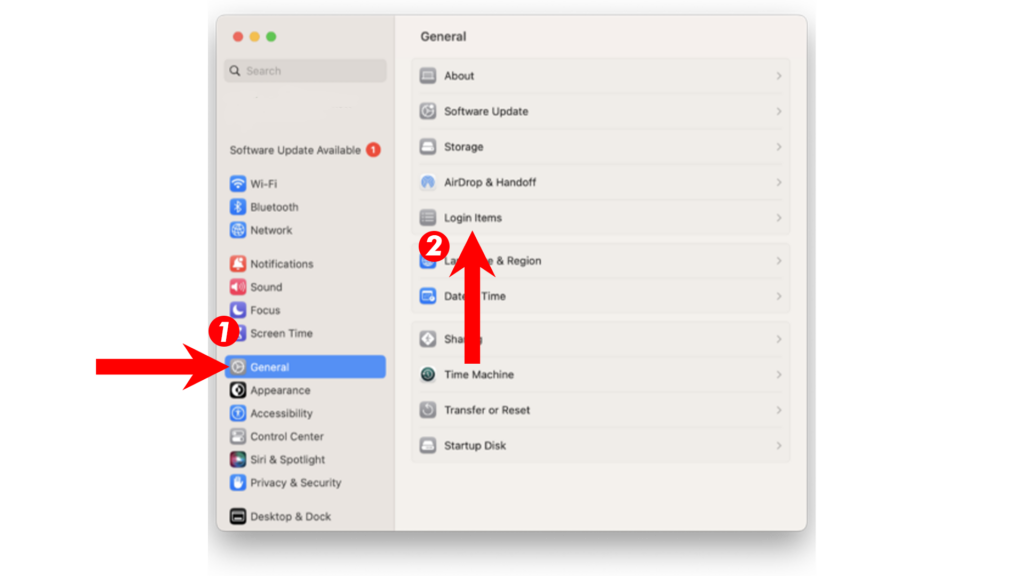
- Identify the apps you don’t need at startup and remove them.
- Restart your Mac to apply the changes.
5. Disable Wi-Fi and Bluetooth
Another way to save battery on your MacBook is to disable unused features.
If you currently don’t need Bluetooth or Wi-Fi connection, turn them off to avoid unnecessary battery usage.
6. Disconnect Unnecessary Accessories
Connecting numerous accessories to your MacBook can lead to unintended battery drain.
This is because your MacBook provides power to all connected third-party accessories, such as USB hubs, external drives, and cooling pads.
To preserve battery life, disconnect any non-essential accessories when operating solely on battery power.
7. Update Your Mac to the Latest Version
If you’ve noticed increased battery drain since updating to macOS Sonoma, it may be due to a software glitch.
To rule this out, see if there’s a new version of Sonoma and install it.
- Click the Apple icon in the upper left corner of your screen to open the Apple Menu.
- Select System Settings.
- In the settings, navigate to General > Software Update.
- If there is a new version available, follow the on-screen prompts to install it.
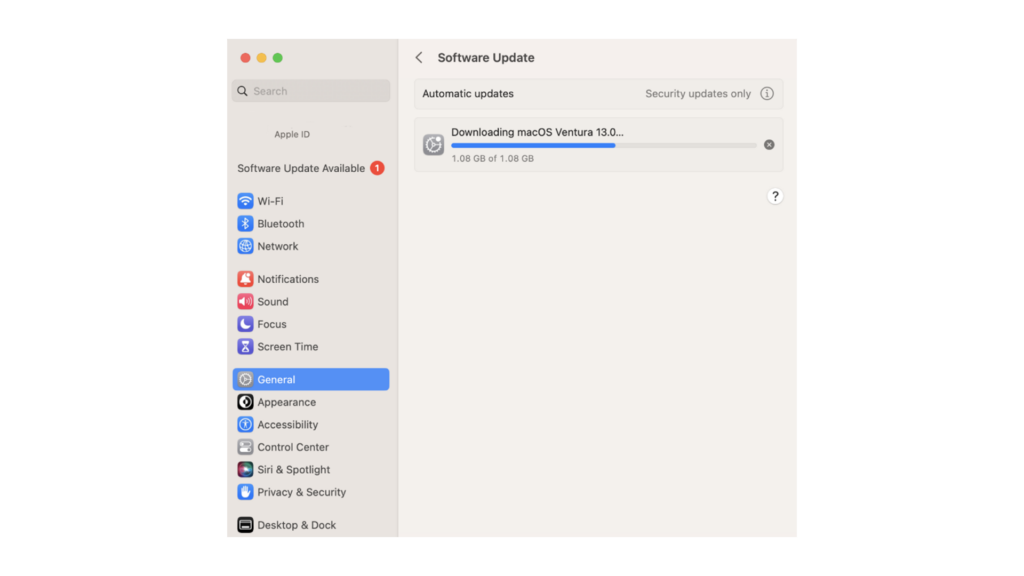
Note:
- Your Mac may restart multiple times during the update process.
- Additionally, the update progress bar might seem to stall. If this occurs, avoid intervening; software updates can take several minutes to complete.
8. Check Your Mac’s Battery Health
If your MacBook continues to suffer from battery drain, it’s important to assess the condition of its battery. Over time, the battery will degrade and may eventually require replacement.
To check your MacBook’s battery health, follow these steps:
- Click the Apple logo in the upper left corner of your screen.
- Go to System Settings.
- Click on Battery.
- Find the Battery Health section and see if your battery is still normal.
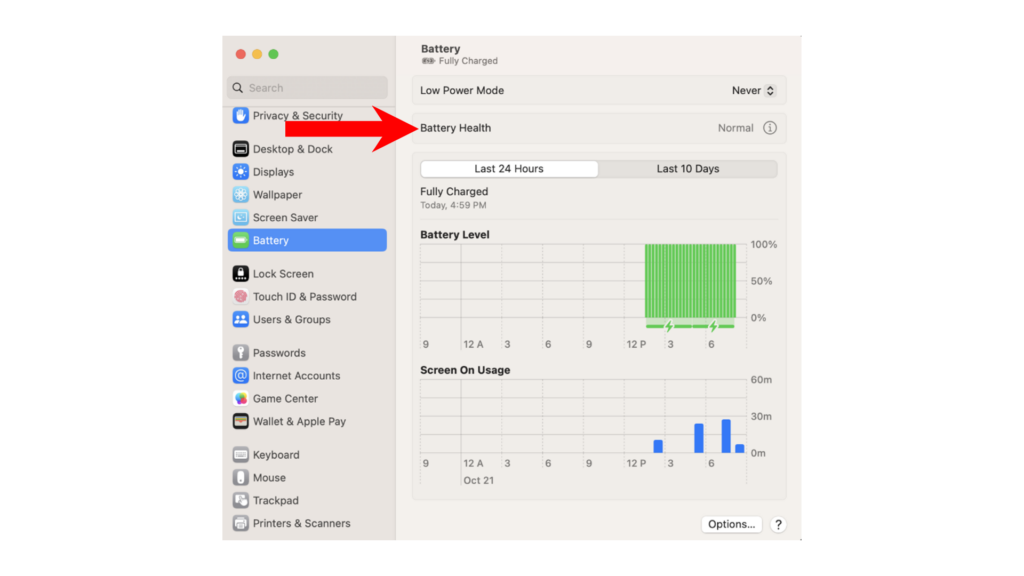
If your battery needs replacing, contact Apple’s team for further assistance.
FAQs
Why is my Mac battery draining fast in Sonoma?
It’s typical for your Mac to use more battery following a major OS update. This increased consumption is due to necessary initial setups that prepare all new features for use, including Spotlight indexing, Time Machine backups, and iCloud synchronization.
Why is my Mac battery draining so fast all of a sudden?
If you’re encountering unexpected battery drain on your Mac, it could signal that the battery is degraded and may need replacement.
To verify the health of your Mac’s battery, follow these steps:
- Click on the Apple logo in the upper left corner of your screen.
- Navigate to System Settings.
- Select Battery.
- Locate the Battery Health section.
Check if your battery’s capacity can still support peak performance or if it needs to be serviced.
Is it bad to drain Mac battery?
Yes. Apple suggests never to fully discharge your device’s battery. This can cause the battery to fall into a deep discharge state, which renders it incapable of holding a charge.
Why does my Mac battery stay at 80%?
If your Mac isn’t charging beyond 80%, it’s probably because the optimized battery charging feature is activated.
To disable this feature, proceed as follows:
- Open the Apple Menu and click on System Settings.
- Access the Battery tab from the side menu.
- Find Optimized Battery Charging and turn it off.





